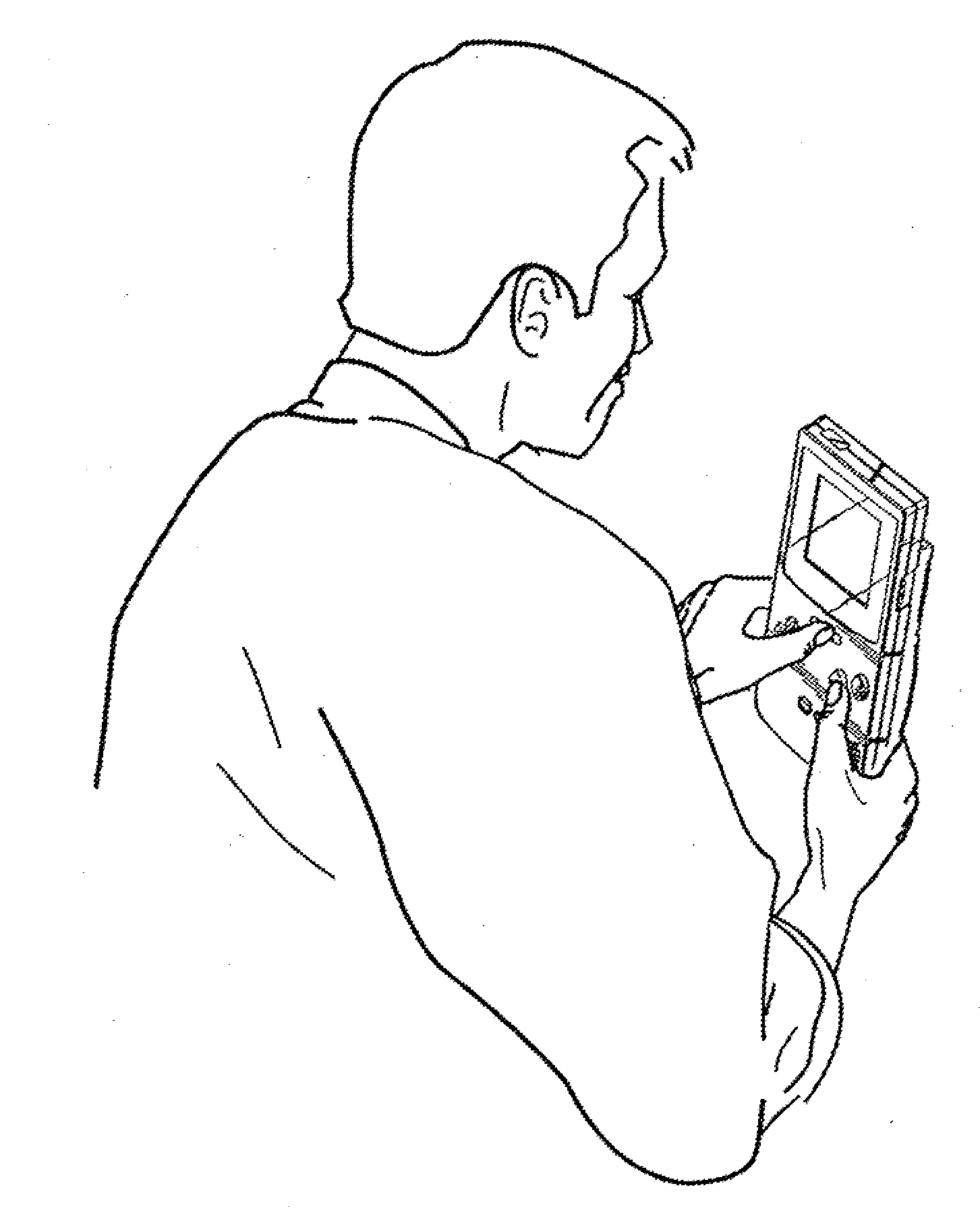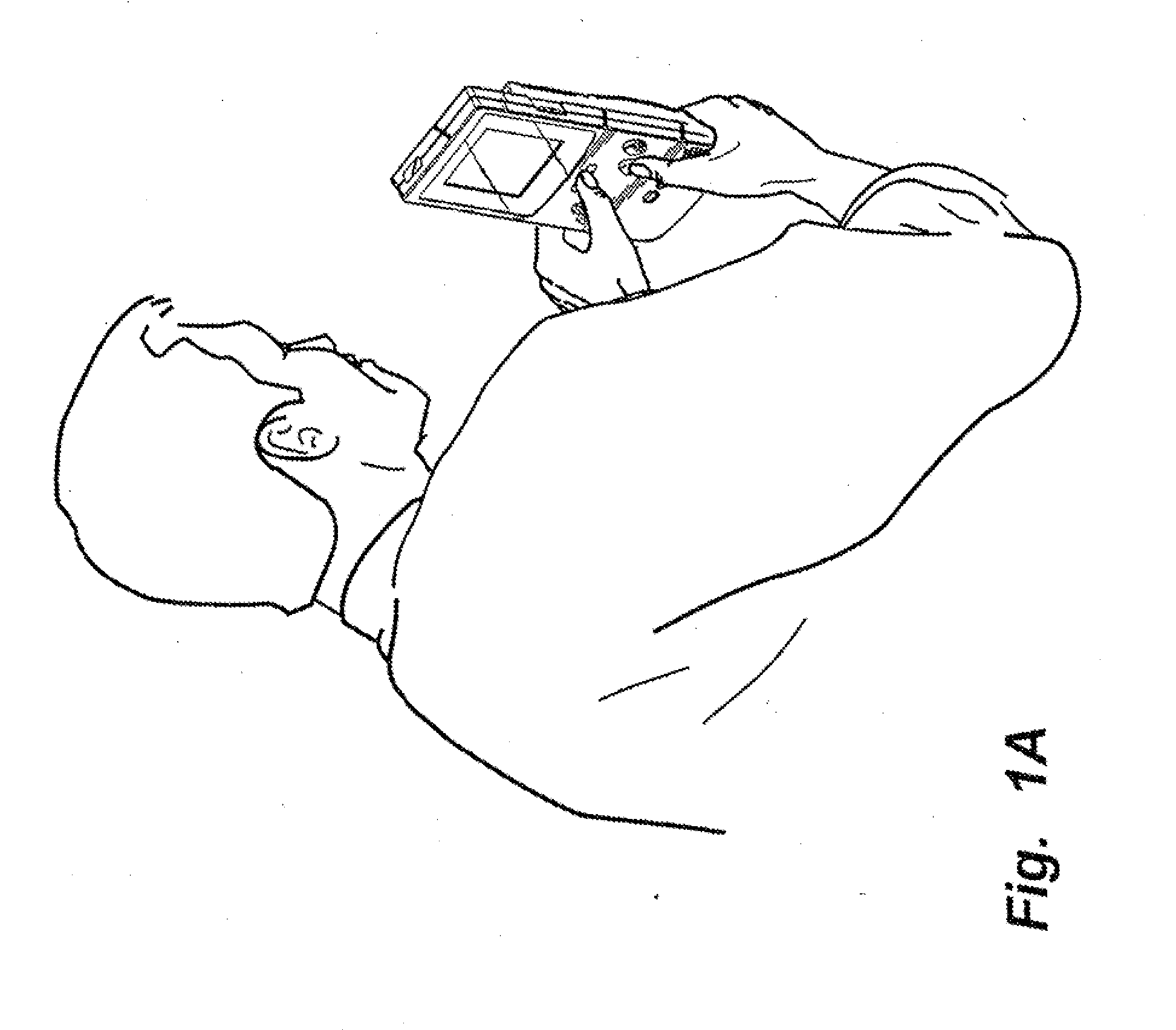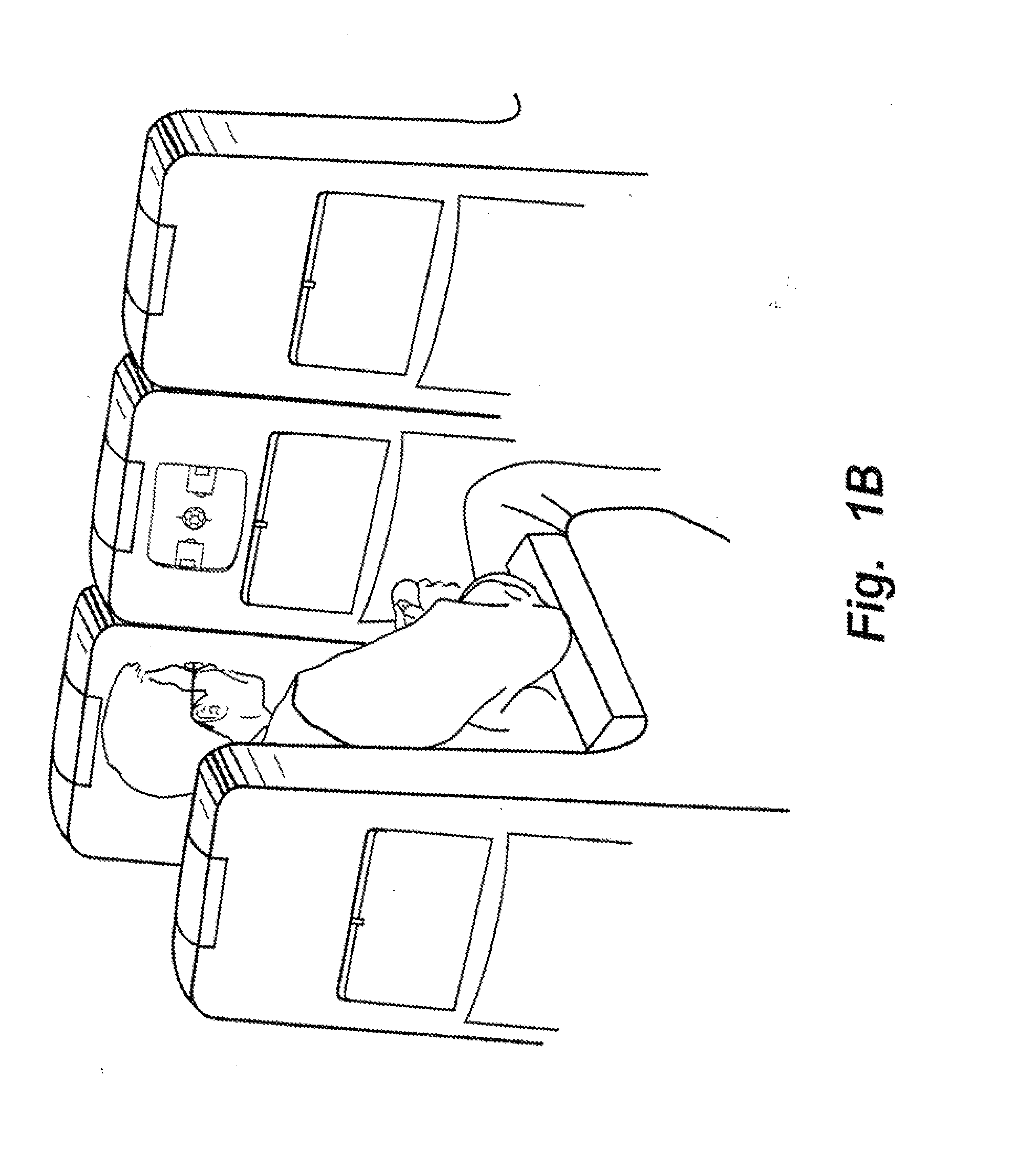Hand-held video game platform emulation
a video game and platform technology, applied in the field of hand-held video game platform emulation, can solve the problems of not being able to maintain real-time speed performance when running on a slower or less highly capable processor, not having enough processing power to readily provide acceptable speed performance, etc., to achieve good graphics, low cost, and excellent performance.
- Summary
- Abstract
- Description
- Claims
- Application Information
AI Technical Summary
Benefits of technology
Problems solved by technology
Method used
Image
Examples
example color palette processing
[0243]En the example embodiment, the handling of color palettes can lead to efficiency problems. In the example native platforms, graphics characters are represented in a color lookup table (CLUT) format (i.e., the graphics characters themselves include a reduced number of bits that are used to look up a color value in a color palette for display). See FIG. 21. The example COLOR GAME BOY® native platform can display 56 colors on the screen nominally (eight palettes of four colors each for background, and eight palettes of four colors each for object characters minus transparency). It would seem therefore that with only 56 simultaneous colors on the screen at any one time, it would be possible to use a 320×200×8-bit VGA mode (13H) which would provide 256 different colors on the screen at once (much more than 56 colors). One possibility would be to simply add an offset into a VGA palette when using 8 bits of color. However, certain game developers for the COLOR GAME BOY® native platfo...
PUM
 Login to View More
Login to View More Abstract
Description
Claims
Application Information
 Login to View More
Login to View More - R&D
- Intellectual Property
- Life Sciences
- Materials
- Tech Scout
- Unparalleled Data Quality
- Higher Quality Content
- 60% Fewer Hallucinations
Browse by: Latest US Patents, China's latest patents, Technical Efficacy Thesaurus, Application Domain, Technology Topic, Popular Technical Reports.
© 2025 PatSnap. All rights reserved.Legal|Privacy policy|Modern Slavery Act Transparency Statement|Sitemap|About US| Contact US: help@patsnap.com



